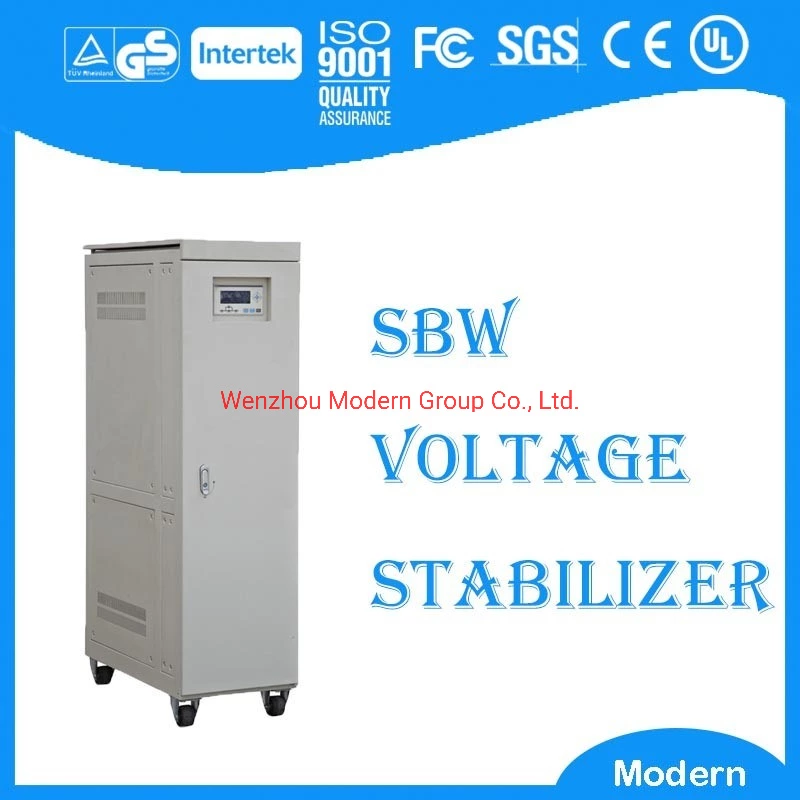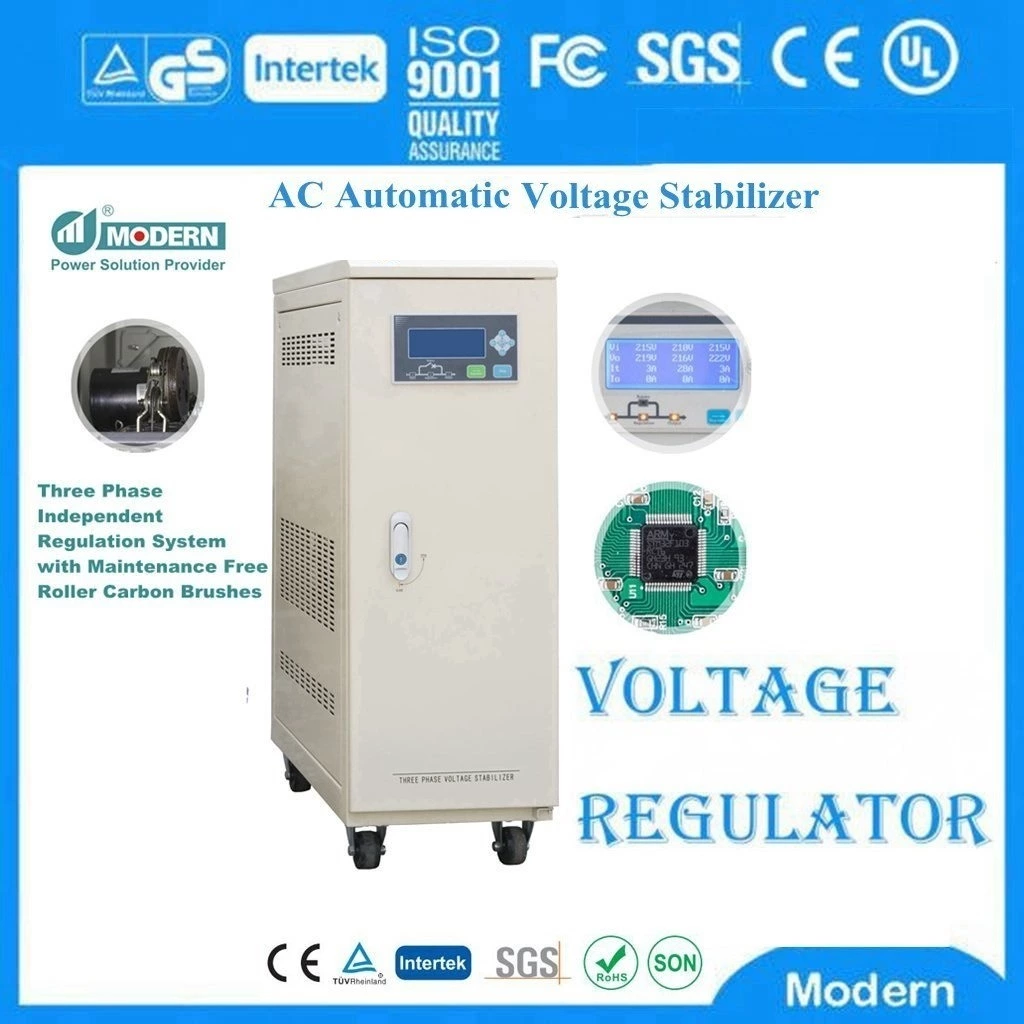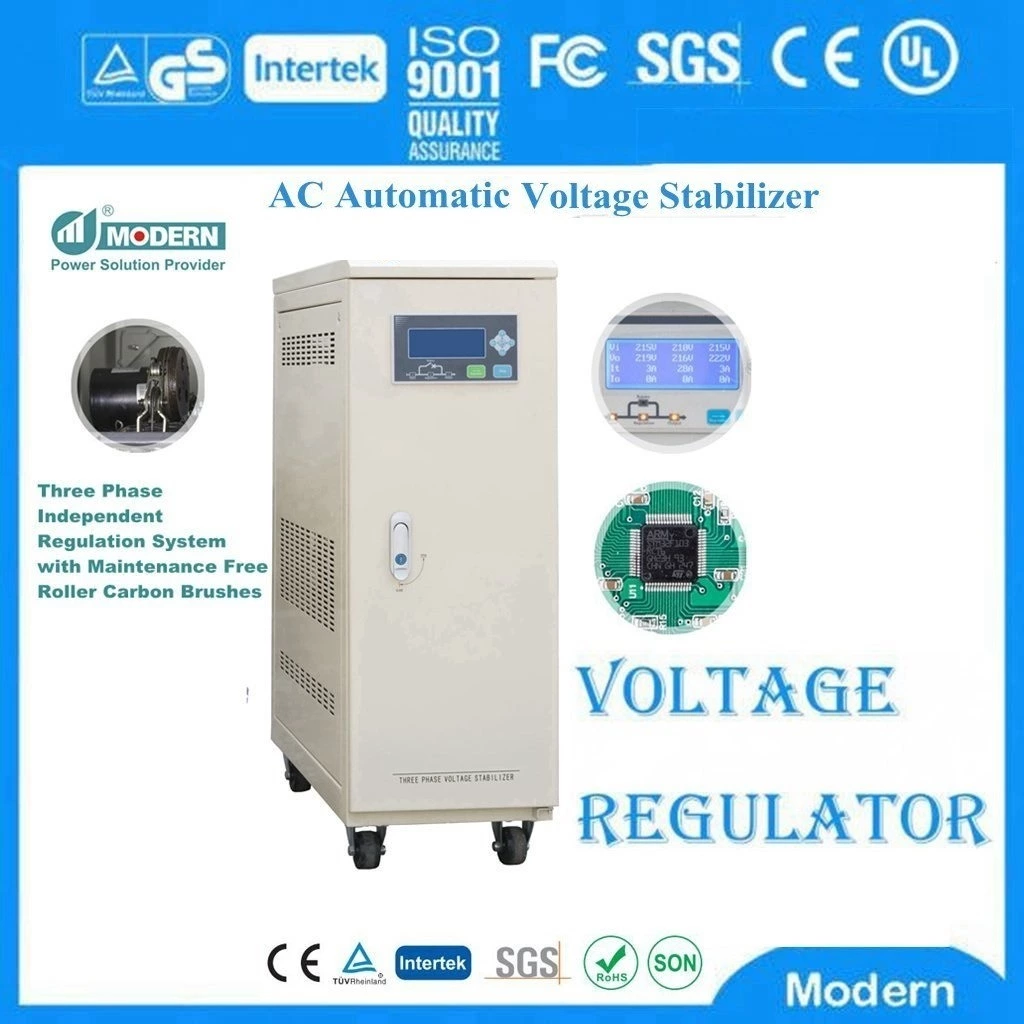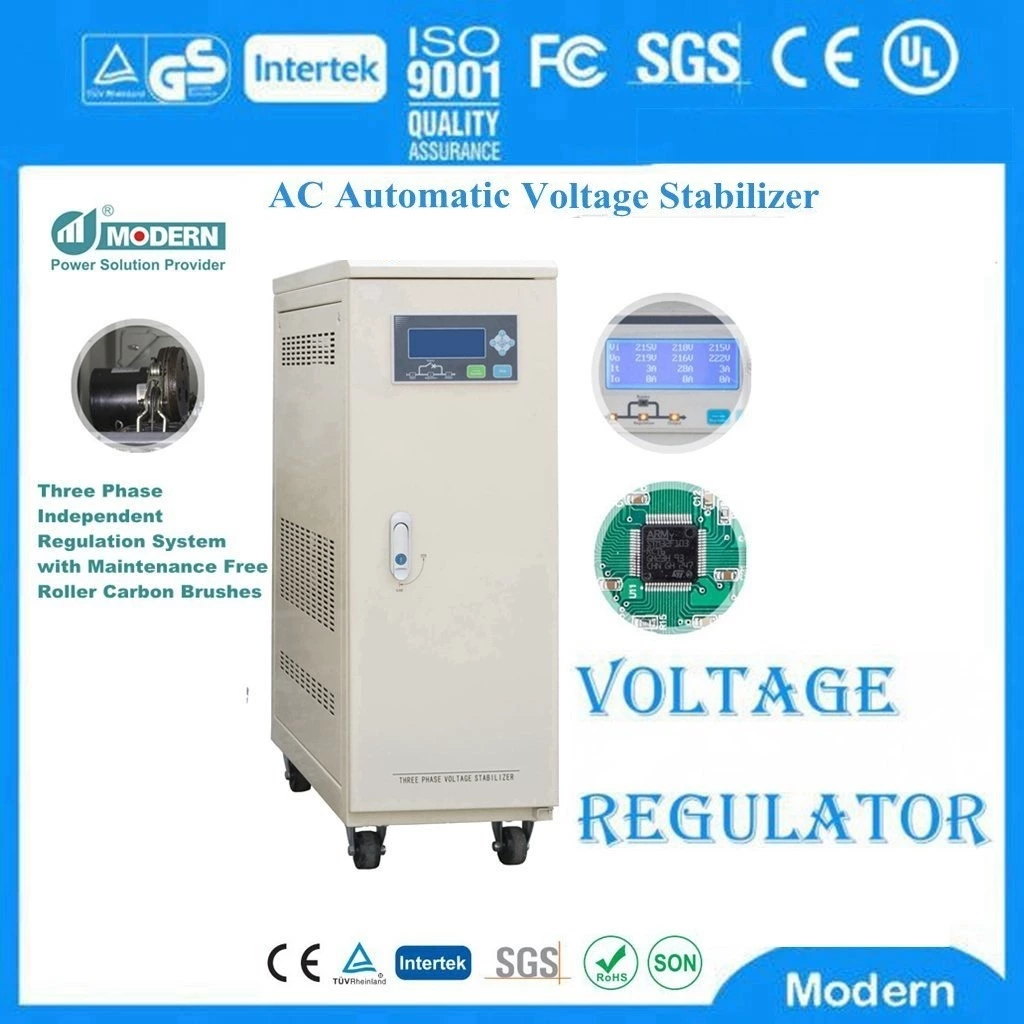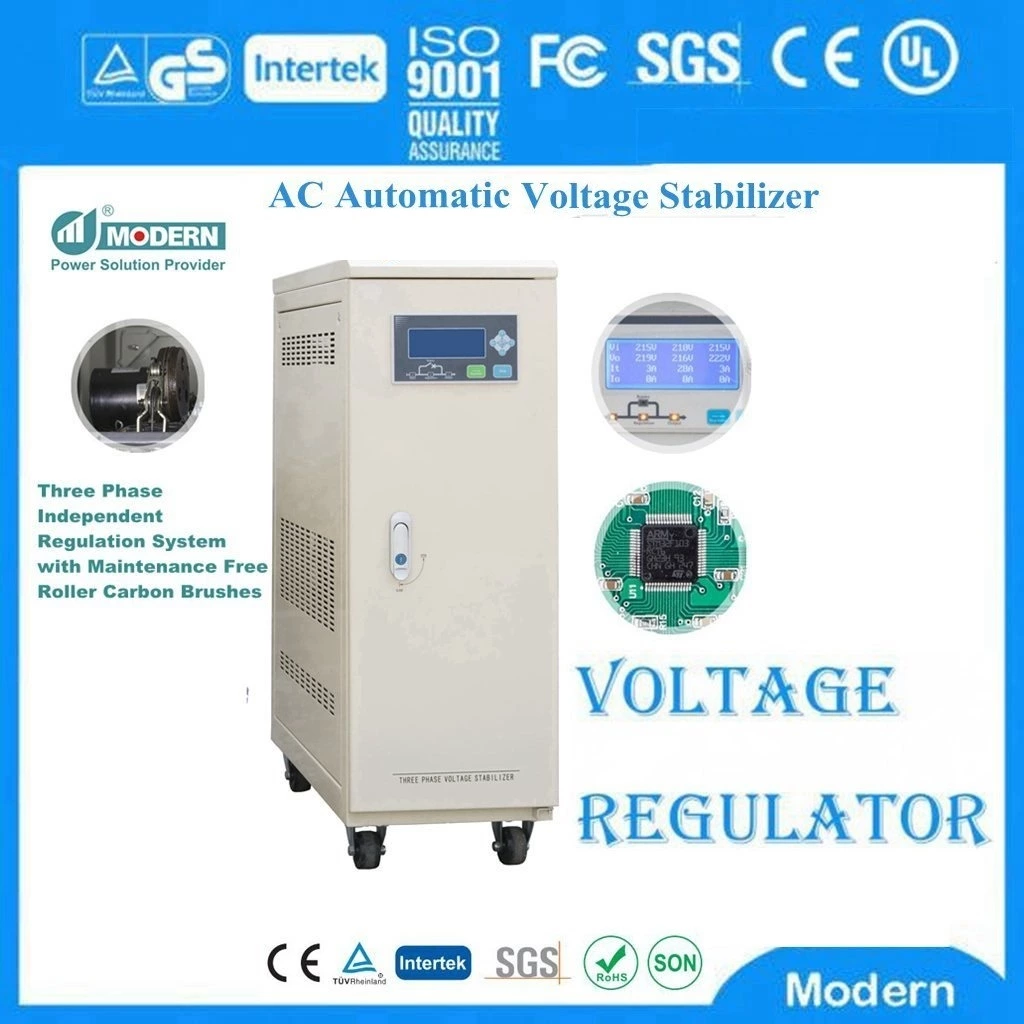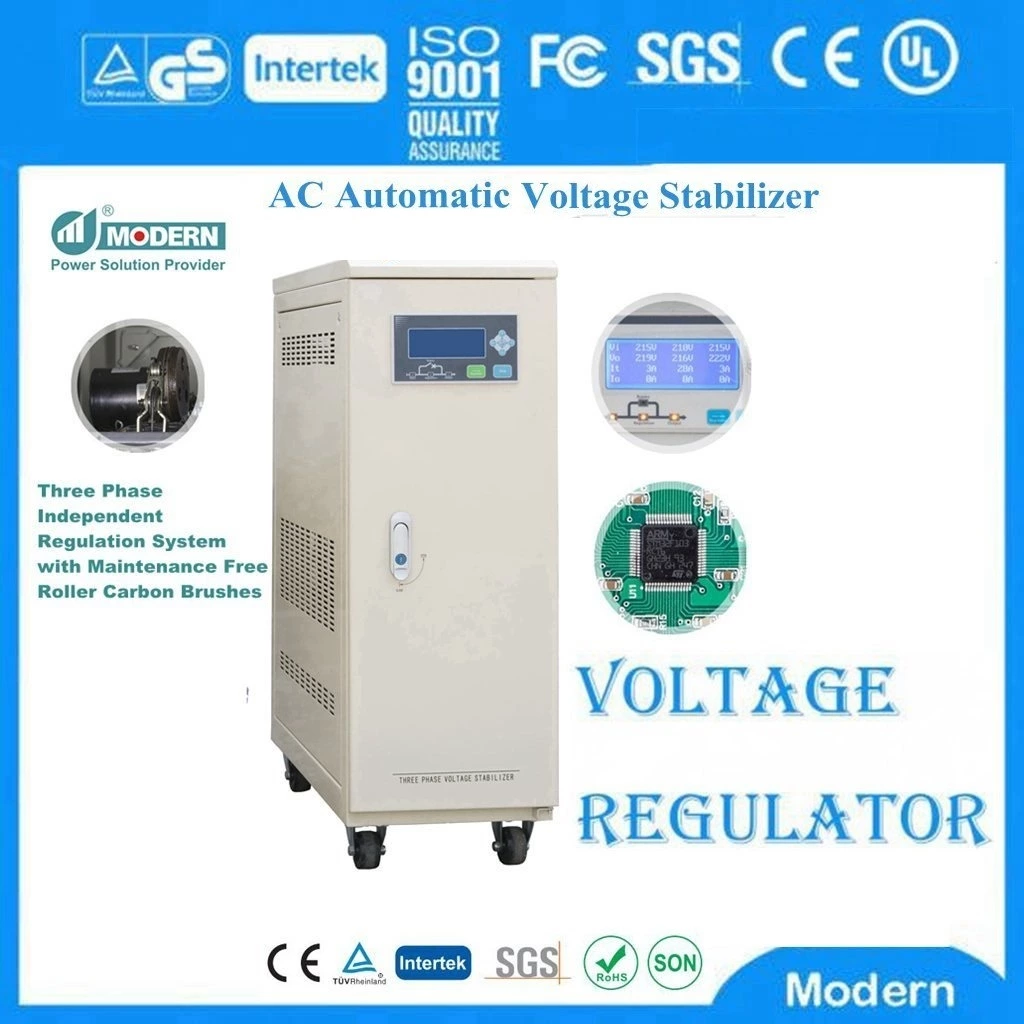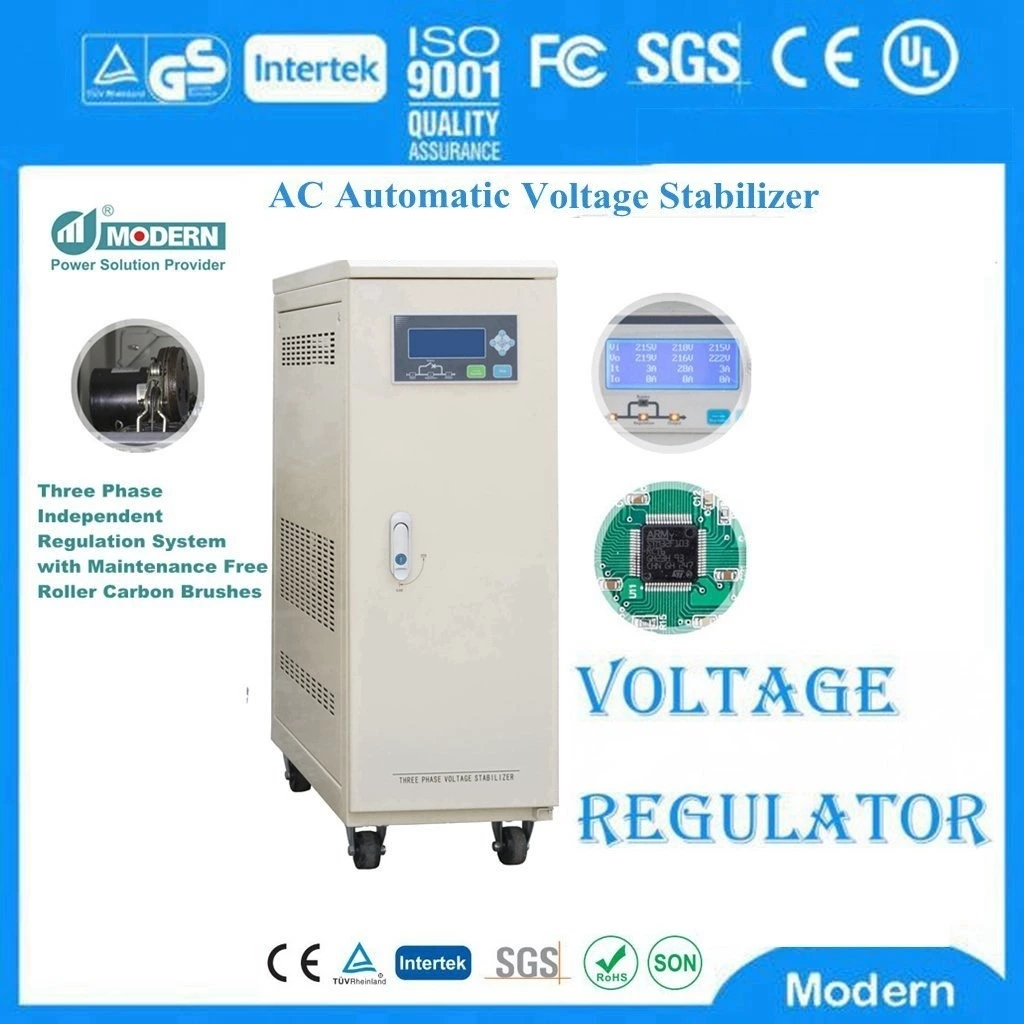What Are The Advantages Of Choosing A Static Voltage Stabilizer As An Industrial-specific Voltage Stabilizer?
The power of our factory Static Voltage Stabilizer can reach 2000KVA or even higher. We also often produce high-power static voltage stabilizers above 1000KVA. Most of them are used in high-power electrical equipment such as factories, hospitals, and docks. Many peers will also find that more and more static voltage stabilizers are used in high-power industrial electricity, and static voltage stabilizers are increasingly recognized by customers. So what are the advantages of high-power static voltage stabilizers compared to traditional static voltage stabilizers? 1 Appearance and weight. The static voltage stabilizer is small in size, light in weight, simple in appearance, and easy to move and transport. The traditional static voltage stabilizer is quite bulky. It takes 1200KVA to assemble the machine. The volume is about twice that of the contactless one, which is inconvenient to transport. 2 Performance. Compared with traditional voltage stabilizers, static voltage stabilizers have a wider voltage stabilization range, faster response time, higher voltage stabilization accuracy, and automatic three-phase voltage adjustment. 3. Protection function. The biggest shortcoming of traditional high-power voltage stabilizers is the protection function. There are many cases of high-power voltage stabilizers catching fire due to short circuits. High-power static voltage stabilizers have complete protection functions, including overload protection, bypass protection, phase loss protection, overvoltage protection, and undervoltage protection. 4. Energy consumption and maintenance cost. As we all know, traditional static voltage stabilizers are mechanically adjusted. Mechanical adjustment requires an actuator motor. The greater the power, the larger the motor, the more carbon brushes are connected to each phase, and the greater the contact resistance with the copper cylinder. The greater the voltage fluctuation frequency, the greater the energy consumption. The more carbon brushes, the higher the maintenance cost in the later stage. Static voltage stabilizers can be maintenance-free for a long time, with low energy consumption and longer service life. 5. Purchase cost. Low-power static voltage stabilizers are 30% more expensive than traditional static voltage stabilizers, but the price difference becomes smaller as the power increases. The higher the power, the higher the maintenance cost of traditional voltage stabilizers in the later stage. Combining the above five advantages, it feels that the static voltage stabilizer is naturally prepared for high-power static voltage stabilizers. It can make up for the shortcomings of traditional carbon brush type high-power static voltage stabilizers. Therefore, using static voltage stabilizers as high-power static voltage stabilizers is an industry trend.

 Русский
Русский
 Français
Français
 Português
Português
 Español
Español
 اللغة العربية
اللغة العربية
